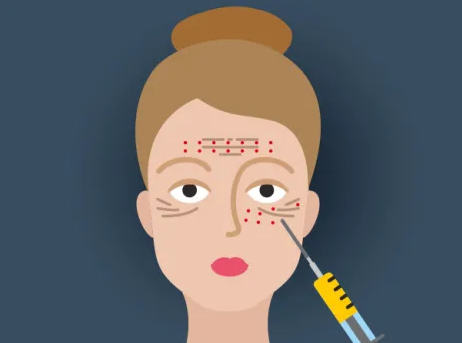Platelet-Rich Plasma (PRP) injection therapy has gained popularity as a natural and regenerative approach to enhance various cosmetic procedures. From skin rejuvenation to hair restoration, PRP has shown promising results in promoting tissue repair and collagen production. However, understanding the optimal frequency of PRP injections for cosmetic procedures is crucial to achieve the desired outcomes without overloading the treatment. In this article, we’ll explore the considerations and guidelines for determining how often PRP injection therapy should be performed for different cosmetic purposes.
PRP Injection Therapy in Cosmetic Procedures
PRP therapy involves extracting a small amount of the patient’s own blood, processing it to concentrate the platelets and growth factors, and then injecting the PRP solution into the targeted area. The growth factors in PRP stimulate tissue repair, collagen synthesis, and improved blood flow, making it an attractive option for cosmetic enhancements.
Skin Rejuvenation: How Often is Ideal?
For cosmetic skin procedures, such as PRP facial rejuvenation, the frequency of PRP injections depends on factors like the patient’s age, skin condition, and treatment goals. Typically, an initial series of treatments may be recommended, often spaced a few weeks apart. This allows the skin to respond and regenerate between sessions. Many practitioners suggest a maintenance schedule of one to two treatments per year to sustain the results.
Hair Restoration: Timing and Progress
PRP therapy for hair restoration follows a similar approach. The treatment is often administered initially in a series of sessions, usually spaced about a month apart. These sessions aim to stimulate hair follicles and encourage growth. Following the initial phase, maintenance treatments are suggested every three to six months, depending on the individual’s response and the desired level of hair restoration.
Considerations for Frequency
- Treatment Goals: The frequency of PRP injections depends on the desired outcome. More intensive schedules might be required for significant improvements, while maintenance treatments can be less frequent.
- Patient’s Response: Patient response varies. Some individuals might see results earlier and require fewer sessions, while others may need additional treatments for the same effect.
- Age and Health: Younger patients may require fewer maintenance treatments than older patients due to their enhanced collagen production and skin rejuvenation capabilities.
- Specific Areas: Different areas of the body might respond differently. For instance, facial treatments could have a different frequency compared to hair restoration.
- Practitioner’s Expertise: A qualified medical professional can assess the patient’s needs and customize the treatment plan accordingly.
Avoiding Over-Treatment
While PRP therapy offers numerous benefits, over-treatment can lead to diminishing returns or potential adverse effects. Too-frequent injections might not allow the body sufficient time to naturally respond and regenerate. It’s essential to strike a balance that supports optimal results while allowing the body to heal and rejuvenate on its own.
PRP injection therapy has proven its efficacy in various cosmetic procedures by harnessing the body’s natural healing processes. To determine the ideal frequency for PRP treatments, factors like treatment goals, patient response, and individual health considerations must be taken into account. Consulting a skilled medical professional is vital in establishing a tailored treatment plan that aligns with your cosmetic objectives, ensures your safety, and maximizes the benefits of PRP injection therapy for your specific needs.








